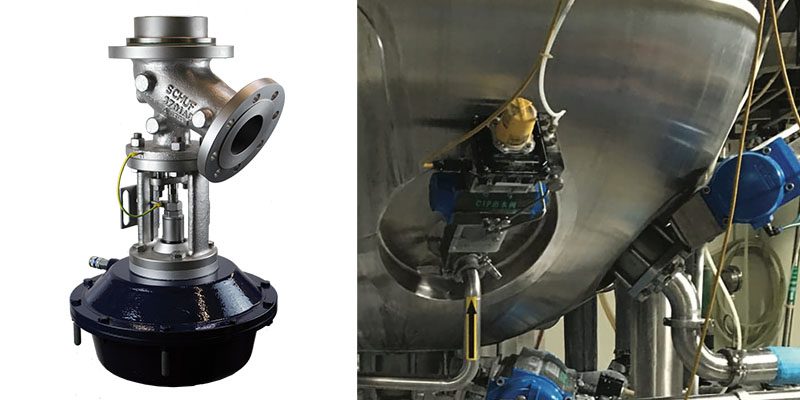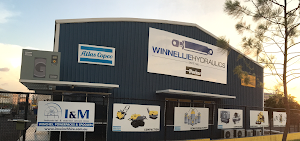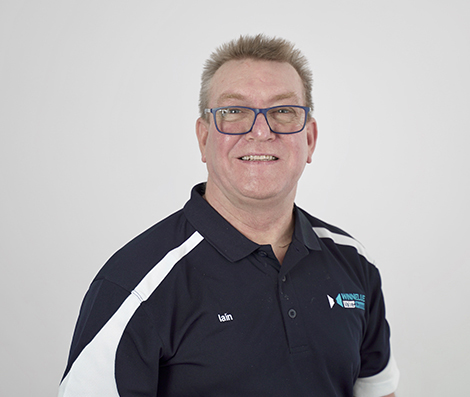Bottom Tank Valves, Bottom Outlet or Drain Valves have been extensively used in the chemical and related industries for almost 100 years. Their initial application was to replace the very simple wooden plug used to close or drain tanks, vessels or pipelines. Their introduction made it possible to drain vessels containing dangerous substances, and handle media under high pressure or temperature safely. The other key benefit for early users of Bottom Outlet Valves was the ability to ensure dead space free draining of vessels or reactors.
Features include:
Bottom Tank Valves, also known as Bottom Outlet or Drain Valves, are extensively used in the chemical and other related industries to empty the bottom of the tank or reactor. The introduction of bottom tank valves to industry has made it possible to drain vessels containing dangerous substances and handle media under high pressure or temperature safely. Their precision design is perfect for use at the bottom vessels to enable the draining of process fluids while also preventing dead legs in order to prevent waste entrapment and contamination from bacteria or microorganisms.
Bottom Tank Valves can be operated either manually or with pneumatic or electric actuators. The actuator moves a plug off the seat either retracting it into the valve body or pushing the plug out of the valve body into the tank. The disc rising design where the plug enters into the tank is ideal for use on products that crystallise or form a crust on the bottom of the tank, as the plug breaks through this crust to allow the tank to drain. If you’d like further information on how to fit and operate bottom tank valves or any other types of valves we supply, talk to one of our team members about our training options.
Bottom Tank Valves are made from various high-grade materials depending on what applications they are used for. We would recommend you always check the corrosiveness of the medium against the materials and the valves themselves. For instance, in the chemical industry, the solutions used may have a staining effect and require more maintenance than if just water was being used. It’s always a good idea to check the product manuals for any advice on how to implement, maintain or when to replace your bottom tank valves.
A Bottom Tank Valve is installed by either welding, clamping or bolting to the tank surface. They are available in a range of sizes and can be manufactured from a variety of materials depending on the nature of their use. They also come in a range of different drain ports and connections to suit any purpose. Make sure the valves you use are specific to the process necessary. If in doubt of exactly what you require, make sure to speak to a valve specialist who will be able to walk you through your options. Because, while a valve may fit and work as you think it should in the first instance, it may be constructed of the wrong materials for the type of liquid it is needed to trap and release.
Bottom Tank Valves in Australia are typically used in food processing, oil and gas, mining, chemical and pharmaceutical industries where fluid is required to be stored and fully flushed to avoid contamination or excess liquid entrapment in the storage area. The valves come in a couple of variations. Simple tank shut-off valves should be used if the tank itself is operated via separate filling and emptying lines. While they are the cheapest and simplest option, the design of these bottom tank valves makes them unable to clean the pipeline while the tank is in process. However, mixproof tank shut-off valves can be utilised if the application requires common filling and emptying lines. With mixproof valves, the separation between the pipeline and the inside of the tank allows the pipeline to be cleaned while still in process.
In their classic format, the mixproof tank shut-off valve will separate the process in the tank from the supply to the adjacent valve matrix. This means the tanks can be filled, emptied and cleaned flexibly and in tandem with one another.
Warranties will vary between manufacturers. It’s always best to ask your supplier about warranty options, as well as servicing and repair. There’s no worse feeling than realising too late that a vital part is not working as it should or breaks unexpectedly. If your business requires high-pressure and process valves in both light and heavy industry, contact a Winnellie Valves and Process valve expert to see how they can help with all your valve and process requirements.




You can also contact our trainer directly as per below contact details
e: Iain@winnellievalves.com
ph: +61 (0) 417 279 508

